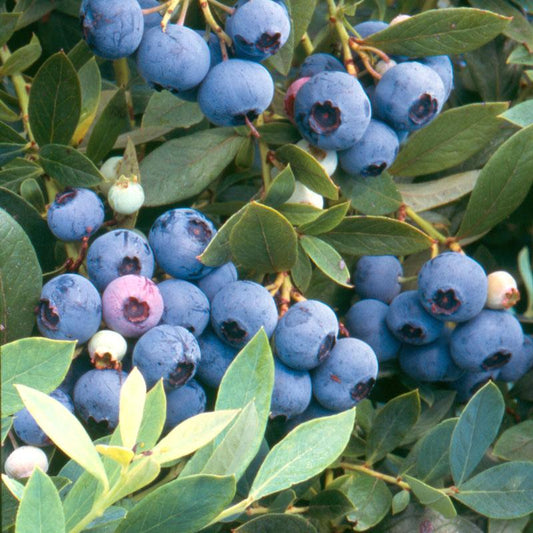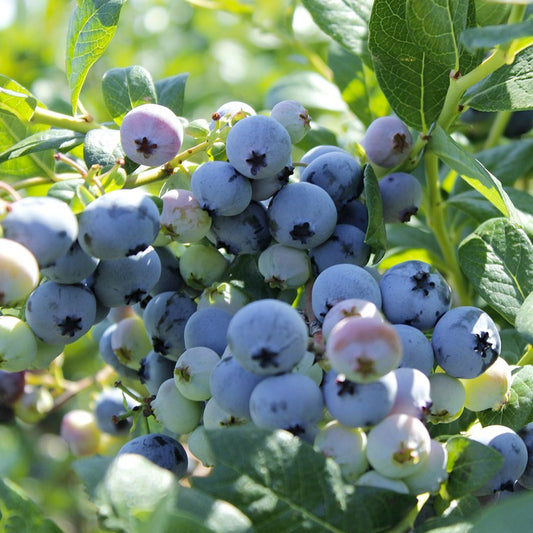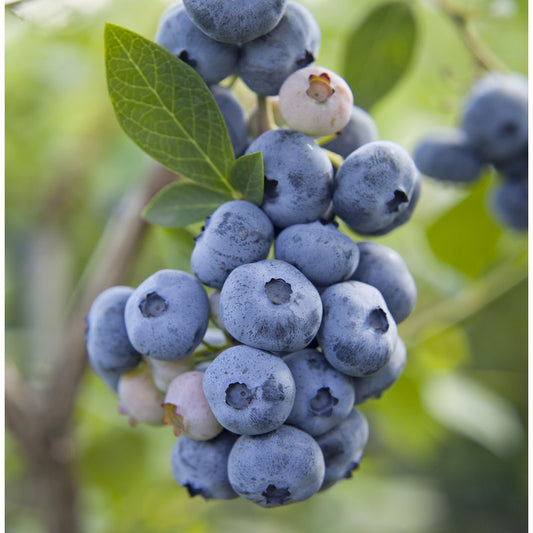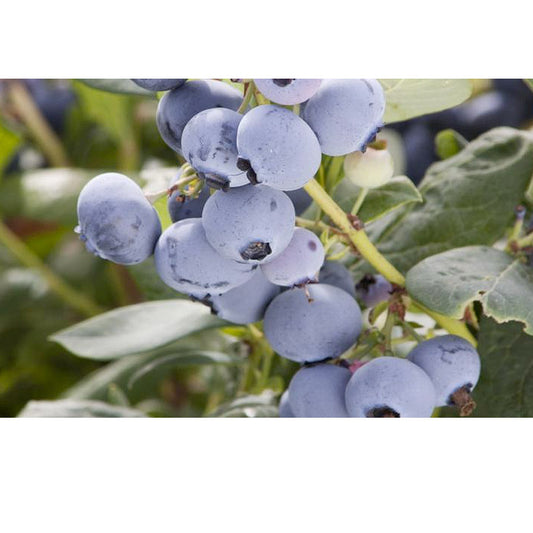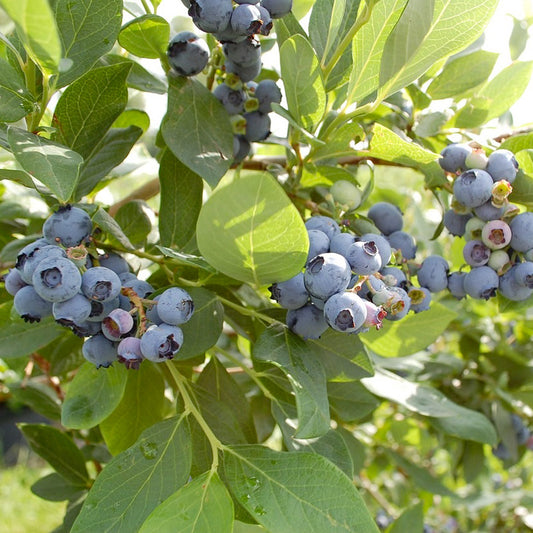Selecting the Right Blueberry Varieties for Your Climate Zone
When it comes to growing blueberries, one of the most crucial factors to consider is your climate zone. Blueberry plants come in various varieties, each with unique requirements and adaptations. The Southern Highbush blueberries, as the name suggests, are particularly well-suited for warmer climates. Understanding the chill requirements and USDA zones is essential for successful cultivation.
Chill Requirements of Southern Highbush Blueberries
Southern Highbush blueberry varieties are perfect for regions with mild winters and warmer temperatures. These plants have relatively low chill requirements, often as low as 100 hours. Chill hours refer to the cumulative amount of time the temperature remains between 32°F and 45°F (0°C and 7.2°C) during the dormant season. If you are uncertain about the chill hours in your area, it's crucial to determine this information before selecting your blueberry varieties.
How to Determine Chill Hours
Determining chill hours for your location is a critical step in choosing the right blueberry variety. You can find guidance on calculating chill hours in an informative article dedicated to this subject. Accurate information about chill hours will help you make an informed decision when selecting blueberry plants for your garden or orchard. If you are unsure of your chill hours, we have a helpful article on chill hours.
Matching Blueberry Varieties to USDA Zones
Another essential consideration when choosing blueberry varieties is your USDA hardiness zone. Different blueberry varieties thrive in specific zones, and matching your selection with your zone for optimal growth and fruit production is crucial. Detailed information about the suitability of each variety for specific USDA zones can be found on the individual product pages.
Planting for Successful Blueberry Harvests
Once you've identified the right blueberry varieties for your climate zone and USDA zone, it's time to focus on planting and care to ensure a bountiful harvest.
Importance of Cross-Pollination
Blueberries are partially self-fertile, which means they can produce some fruit without cross-pollination. However, to maximize your crop yield, it's recommended to plant more than one blueberry variety to encourage cross-pollination. This practice results in larger and more abundant fruit production.
Extended Harvest with Early, Mid, and Late Varieties
Blueberry enthusiasts can extend their harvest season by planting a mix of early, mid, and late-fruiting blueberry varieties. This strategic planting can provide you with fresh blueberries for up to 90 days, allowing you to enjoy these delicious berries throughout a more extended period.
Proper Soil and Fertilization
To ensure healthy blueberry plants, growing them in acidic, well-drained soil is essential. In cases where suitable soil is not readily available, blueberries can thrive in large pots filled with a mixture of half potting soil and half peat, creating an ideal low-acid environment. Regularly checking and maintaining soil moisture levels is vital for successful blueberry cultivation. An acidic Loving fertilizer mix is an excellent fertilizer for blueberries.
When it comes to fertilization, an acidic-loving fertilizer mix is an excellent choice for blueberries. Providing the right nutrients to your blueberry plants ensures their growth and the development of delicious, juicy berries. Proper care, including adequate watering, mulching, and monitoring soil pH, will contribute to a successful blueberry harvest.
The selection and cultivation of blueberry plants can be rewarding, particularly when tailored to your specific climate zone and USDA zone. By understanding chill requirements, cross-pollination benefits, and proper planting practices, you can look forward to enjoying a fruitful blueberry harvest year after year.
 Sold out
Sold out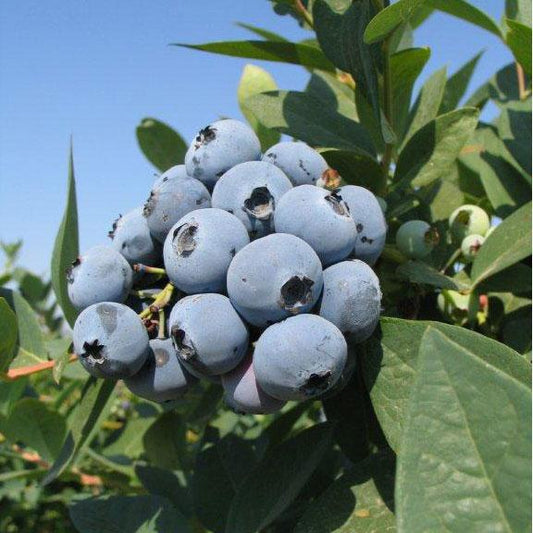 Sold out
Sold out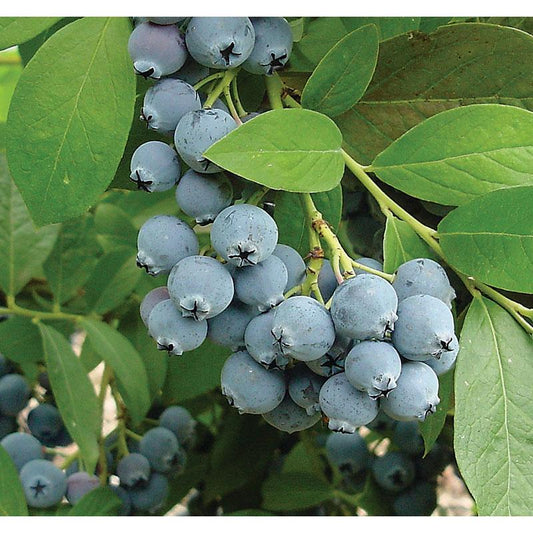 Sold out
Sold out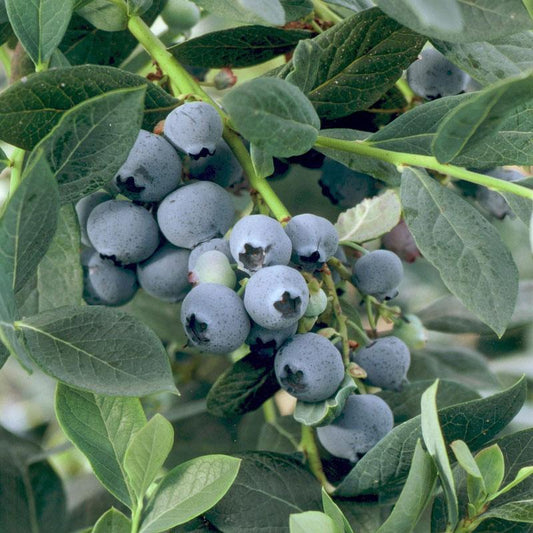 Sold out
Sold out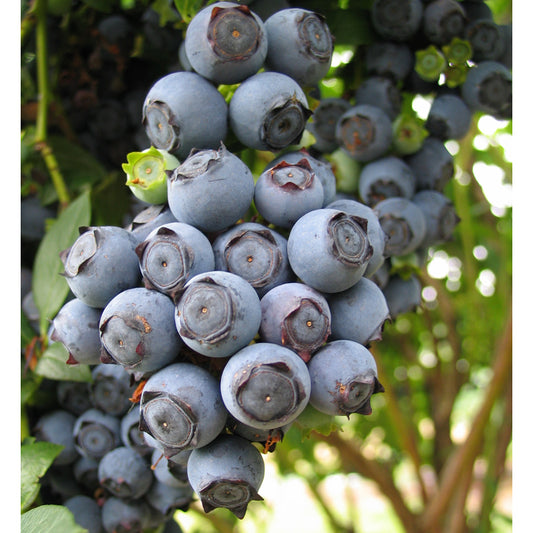 Sold out
Sold out

